Introduction
Can you use dehumidifier in crawl space without encapsulation? This the question everyone ask. We will look at this question from all aspects and try to answer it in detail. When maintaining a healthy home environment, tackling issues like excess humidity in crawl spaces is essential. Crawl spaces are notorious for harboring moisture, which can lead to a host of problems, including mold growth, wood rot, and compromised indoor air quality. While crawl space encapsulation is a popular solution, this article will explore the benefits and considerations of using a dehumidifier in crawl space without encapsulation.
Understanding the Crawl Space Moisture Challenge
Crawl spaces, often neglected, can become a breeding ground for moisture due to their proximity to the ground and poor ventilation. This moisture buildup can lead to various issues, making it crucial to address the problem effectively.
Exploring Crawl Space Encapsulation
Crawl space encapsulation involves sealing the area to prevent moisture intrusion. While effective, it can be costly and labor-intensive, making homeowners seek alternative solutions.
Can You use Dehumidifier in Crawl Space without Encapsulation
The Simple answer is Yes, But we Dont recommend this process as this is not an energy efficient and professional method.
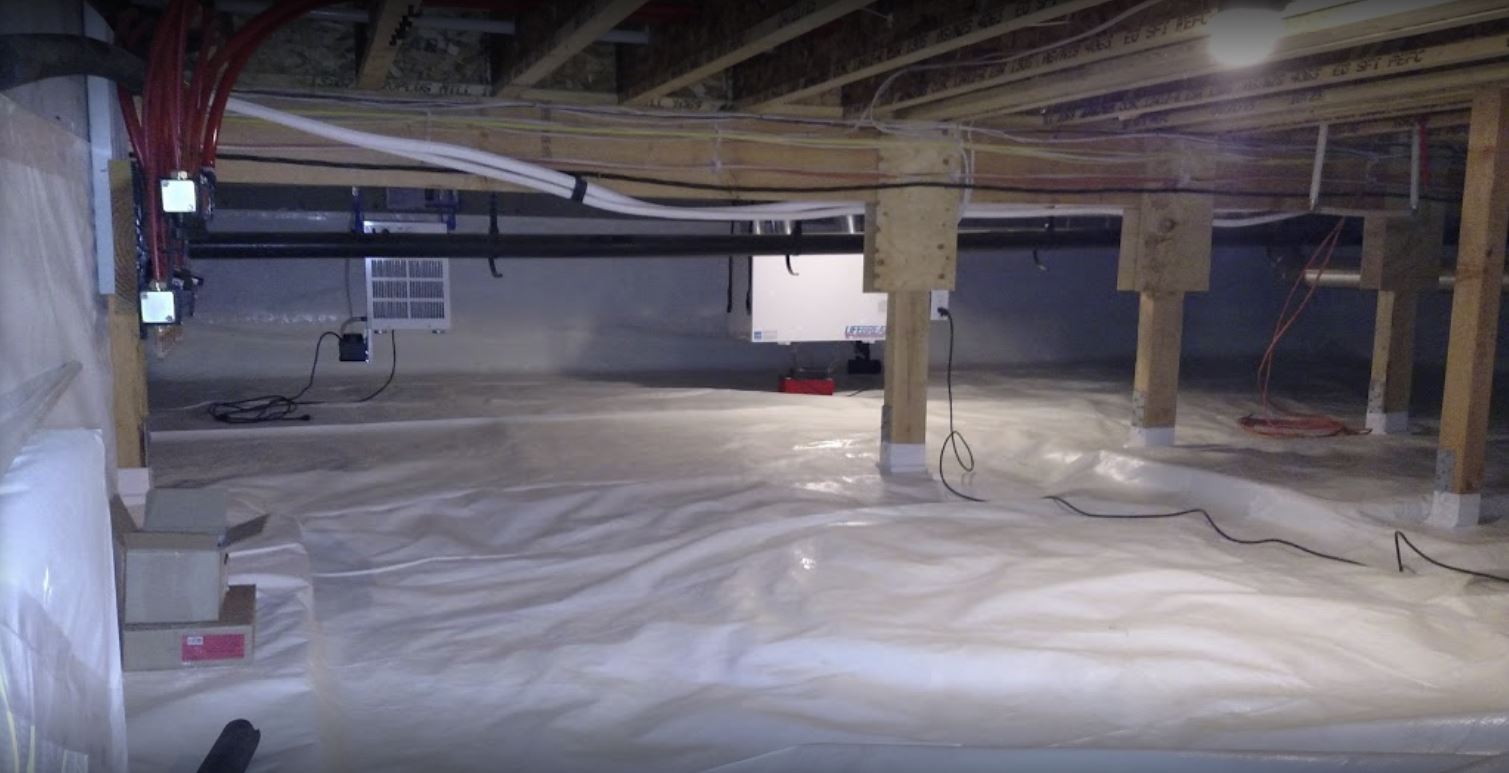
The Dehumidifier Alternative: How Does It Work?
Using a dehumidifier in a crawl space involves removing excess moisture from the air, preventing dampness and mold growth. It's a more straightforward approach compared to encapsulation.
Advantages of Using a Dehumidifier in Crawl Space Without Encapsulation
Cost-Effectiveness: Installing a dehumidifier is often more budget-friendly than complete encapsulation.
Ease of Installation: Dehumidifiers are relatively easy to install without extensive labor.
Maintenance: They require less upkeep compared to encapsulation systems.
Flexibility: Dehumidifiers directly target the root cause (humidity) without requiring airtight sealing.
Considerations Before Installing a Dehumidifier in Crawl Space without Encapsulation
Before choosing a dehumidifier, assess factors like crawl space size, local climate, and the extent of moisture infiltration to determine the appropriate unit.
Steps to Properly Install a Crawl Space Dehumidifier
Preparation: Clean the crawl space and ensure proper drainage.
Sizing: Choose a dehumidifier suitable for the space dimensions.
Placement: Position the unit for optimal air circulation.
Drainage: Set up a proper drainage system for collected water.
Power Source: Arrange a dedicated electrical connection for the dehumidifier.
Maintenance Tips for Longevity and Effectiveness
Regular Cleaning: Keep the unit clean from dust and debris.
Filter Replacement: Follow manufacturer guidelines for filter changes.
Drain Maintenance: Ensure the drainage system is clear to prevent clogs.
Scheduled Checks: Monitor the dehumidifier's performance periodically.
Monitoring Humidity Levels: A Crucial Step
Invest in a hygrometer to measure humidity levels in the crawl space. Aim for a relative humidity of 50% for optimal results.
Signs Indicating Your Crawl Space Needs Attention
Watch out for musty odors, visible mold growth, warped wood, and increased allergy symptoms, indicators of crawl space moisture issues.
Addressing Mold and Mildew Concerns
Dehumidifiers play a vital role in mold prevention by reducing the moisture necessary for mold and mildew to thrive.
Energy Efficiency: Impacts on Utility Bills
Dehumidifiers are energy-efficient appliances that, when used judiciously, can lead to energy savings in the long run.
DIY vs. Professional Installation: Making the Right Choice
While some homeowners might opt for DIY installation, consulting professionals ensure accurate sizing, placement, and overall effectiveness.
Dehumidifier in Crawl Space Without Encapsulation: A Cost-Effective Solution
Dealing with excess moisture in a crawl space without needing complete encapsulation can be achieved through the strategic use of a dehumidifier. This section will delve into the cost-effectiveness of this approach, highlighting how installing a dehumidifier can help mitigate moisture-related issues without the hefty price tag of encapsulation.
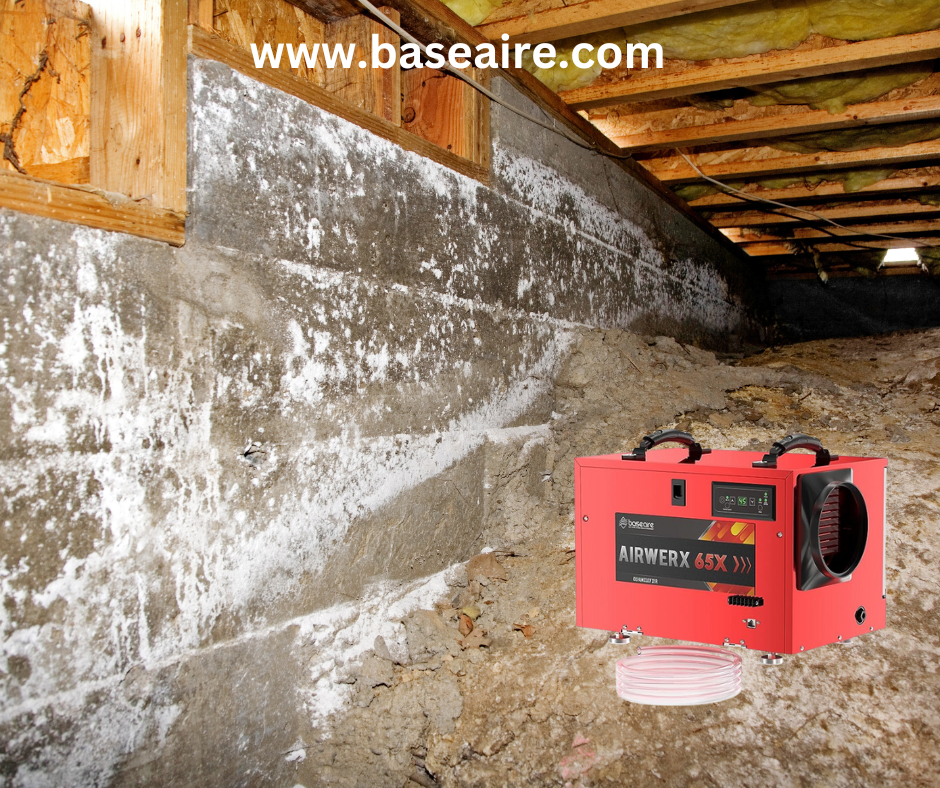
While crawl space encapsulation offers comprehensive moisture control, it often comes with significant expenses associated with materials, labor, and professional installation. In contrast, a dehumidifier can provide a more budget-friendly solution that effectively reduces humidity levels and prevents mold growth. We'll explore the potential cost savings and benefits of investing in a dehumidifier for your crawl space.
Preventing Mold and Mildew: How a Dehumidifier Works
Mold and mildew thrive in damp environments, and crawl spaces are notorious for trapping moisture, creating the perfect conditions for their growth. This section'll dive into how a dehumidifier operates to combat these issues in crawl spaces without encapsulation.
A dehumidifier draws in humid air from the crawl space and passes it over cold coils that condense the moisture into water droplets. These droplets are collected and drained away, leaving behind drier air that is then circulated back into the space. By continuously extracting excess moisture, a dehumidifier creates an unfavorable mold and mildew growth environment, safeguarding your crawl space from potential damage.
Optimizing Energy Efficiency with a Crawl Space Dehumidifier
Energy efficiency is critical for homeowners looking to maintain a healthy crawl space environment while keeping utility bills in check. This section will explore how using a dehumidifier in a crawl space without encapsulation can save energy and contribute to overall home efficiency.
Modern dehumidifiers are designed with energy-efficient features that effectively control humidity levels without consuming excessive power. Homeowners can achieve a balance between moisture control and energy efficiency by preventing the need for complete encapsulation, which may involve additional HVAC load and increased energy consumption. We'll discuss the factors contributing to the energy-efficient performance of crawl space dehumidifiers and how they can positively impact your utility bills.
DIY Installation vs. Professional Consultation: Making the Right Choice
Choosing between a DIY installation and seeking professional advice is crucial when opting for a dehumidifier in a crawl space without encapsulation. This section will provide insights into both options, enabling you to make an informed choice based on your specific circumstances and preferences.

While DIY installation might seem cost-effective, it's essential to consider factors such as proper sizing, optimal placement, and adequate drainage. Professional consultation ensures that these critical aspects are addressed correctly, maximizing the effectiveness of the dehumidifier and preventing potential issues down the line. We'll discuss the pros and cons of each option and guide you toward selecting the path that aligns best with your crawl space moisture control goals.
Difference in Results Between Humidification Using Encapsulation and Without Encapsulation
Choosing between encapsulation and non-encapsulation methods can lead to significantly different outcomes when controlling humidity in crawl spaces. This section will explore the distinctions in results achieved through these two approaches and highlight the implications for maintaining a dry and healthy crawl space environment.
Encapsulation Method:
Crawl space encapsulation involves sealing the area with a vapor barrier and insulation, creating a controlled environment isolated from external moisture sources. This method aims to create an airtight space that prevents moisture infiltration and minimizes humidity. The result is often a significant reduction in humidity, which can help protect structural integrity, prevent mold growth, and improve indoor air quality.
Non-Encapsulation Method:
Using a dehumidifier without encapsulation focuses on removing excess moisture from the air without fully sealing the crawl space. While not as comprehensive as encapsulation, this approach can yield positive results by effectively controlling humidity levels. The difference is that the crawl space remains more open to external moisture influences while humidity reduction is achieved.
Implications and Considerations:
These two methods should be based on budget, desired outcomes, and existing crawl space conditions. Encapsulation provides a more thorough and all-encompassing solution, making it suitable for extreme moisture issues. On the other hand, using a dehumidifier without encapsulation offers a more cost-effective alternative, making it a viable option for managing humidity in moderately damp crawl spaces.
Understanding the differences in results between these two methods is essential for homeowners seeking to address crawl space humidity. By evaluating the specific needs of their crawl space and considering the advantages and limitations of each approach, individuals can make an informed decision that aligns with their goals for a dry and healthy environment.
BaseAire Best Dehumidifiers Provider in the World
BaseAire, nestled in the heart of Chino, California, emerges as the ultimate solution for all your crawl space dehumidifier needs. With an unwavering commitment to excellence, we stand as a premier professional dehumidifier brand, boasting a legacy of more than a decade in crafting unparalleled dehumidification solutions for basements and confined spaces.
Our journey revolves around a singular goal: to breathe life into spaces by dehumidifying the air you breathe. We've meticulously assembled a team of visionaries, researchers, and craftsmen who synergistically channel their expertise towards revolutionizing dehumidifier design and development. This synergy has enabled us to consistently bring forth dehumidifiers that transcend industry standards, catering to the specific demands of basement and confined space environments.
Rooted in innovation and powered by a relentless pursuit of perfection, we take pride in curating the best dehumidifiers for basements, consistently garnering acclaim for their unrivaled performance. Our solutions extend beyond mere products; they encapsulate a holistic approach towards basement air quality improvement. By integrating our high-performance dehumidifiers, you transform your living spaces into havens of pure, invigorating air that fosters both health and well-being.
As champions of residential dehumidification equipment, our products echo a narrative of precision, durability, and efficiency. We comprehend the nuances of confined spaces and basements, acknowledging their unique challenges in maintaining optimal air quality. Our products seamlessly amalgamate cutting-edge technology with intuitive functionality, equipping you with the tools needed to conquer moisture-related concerns and embrace a refreshing atmosphere.
Elevate your surroundings with BaseAire's basement dehumidification solutions, where our commitment to innovation harmonizes with our dedication to your well-being. Experience the transformation as our professional dehumidifiers transcend the ordinary, infusing your living spaces with the promise of healthier, purer, and more revitalizing air.
Conclusion
Addressing crawl space moisture is paramount for a healthy and structurally sound home. While crawl space encapsulation offers comprehensive protection, opting for a dehumidifier without encapsulation can be a practical and efficient solution. Homeowners can mitigate mold growth, wood rot, and other moisture-related problems by effectively controlling humidity levels.
FAQs
Can I run a dehumidifier year-round?
Running a dehumidifier year-round can help maintain consistent humidity levels and prevent moisture-related issues.
Will a dehumidifier eliminate existing mold?
While a dehumidifier can hinder further mold growth, existing mold might require professional remediation.
What's the ideal humidity level for a crawl space?
Aim for a relative humidity level of around 50% for optimal crawl space conditions.
Can I use multiple smaller dehumidifiers instead of one large unit?
An appropriately sized dehumidifier is generally more effective and energy-efficient than multiple smaller units.
How often should I check my crawl space dehumidifier's filters?
Check the filters every 2 to 3 months, and replace them if they appear dirty or clogged.

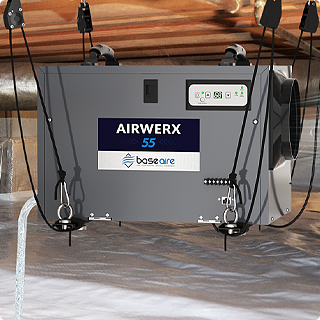
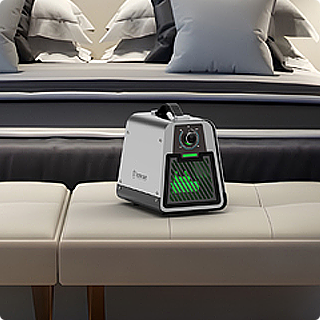
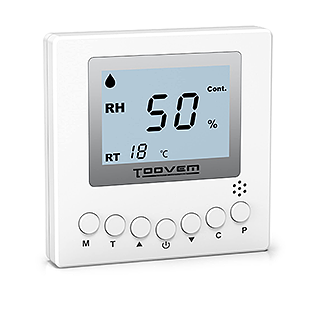
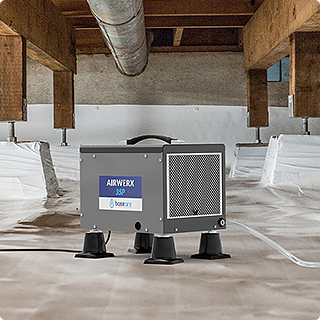
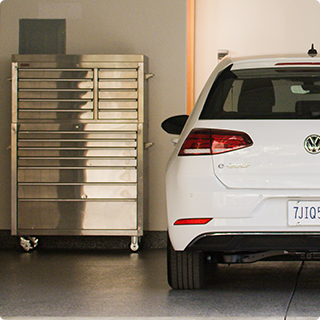
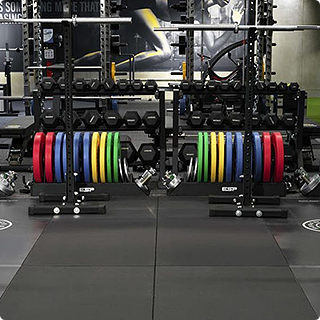
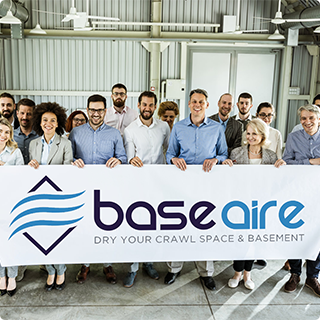

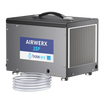
![BaseAire 888 Pro 7,000 mg/h Ozone Generator, Digital O3 Machine Home Ozone Machine Deodorizer - Ozone Generator from [store] by Baseaire - Disinfection, Ozone Generator](http://www.baseaire.com/cdn/shop/products/888-Pro-_-1.jpg?v=1698817267&width=104)

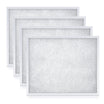
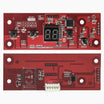
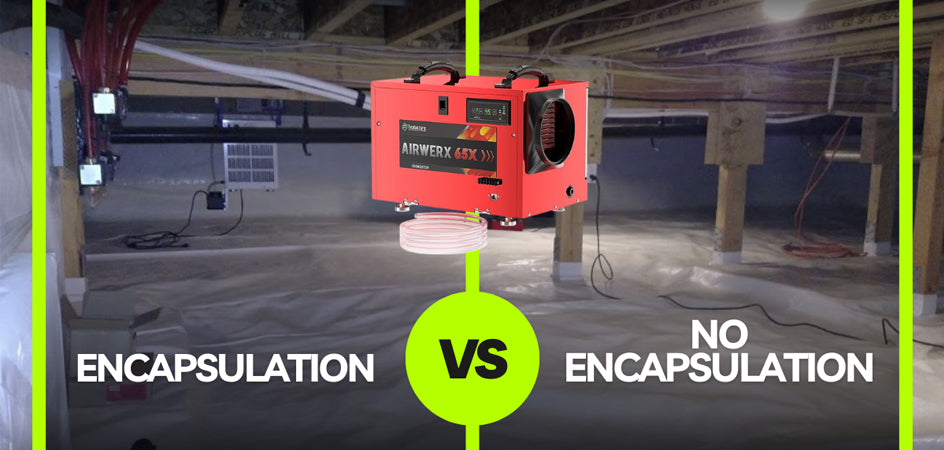
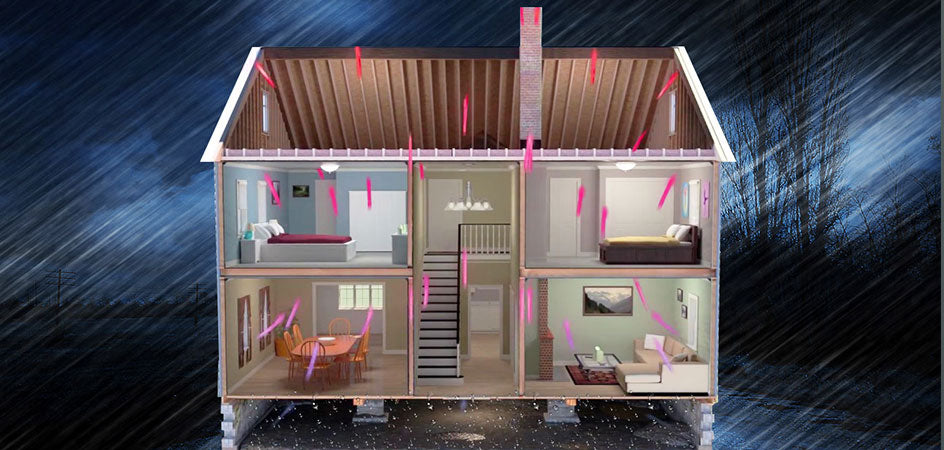

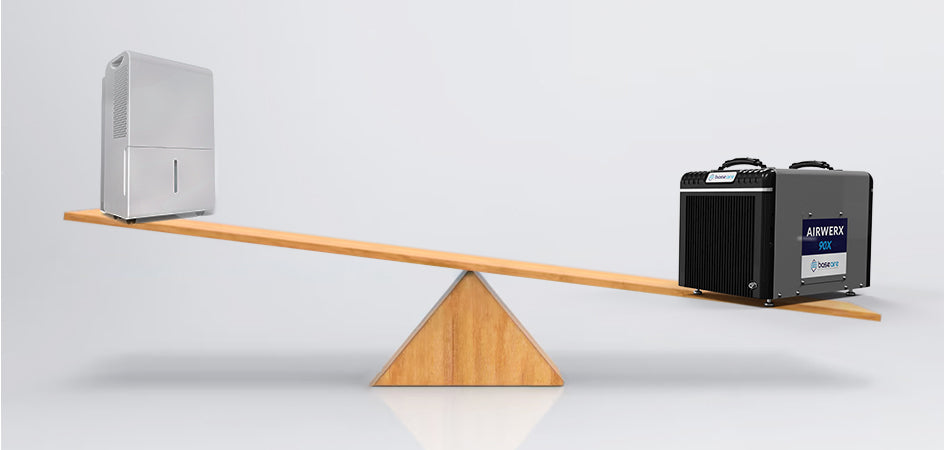




Leave a comment
All comments are moderated before being published.
This site is protected by reCAPTCHA and the Google Privacy Policy and Terms of Service apply.